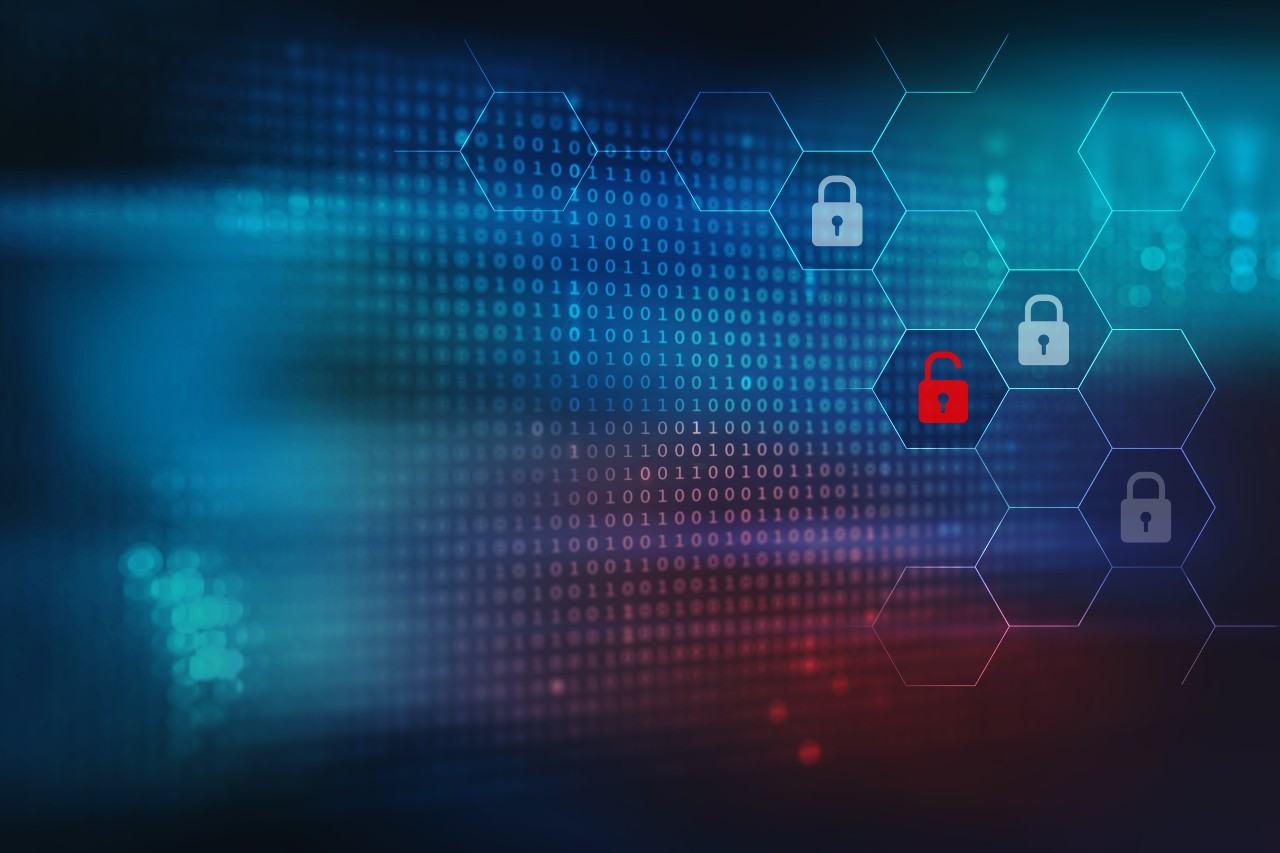
Container Security Challenges & Best Practices
Containers are a streamlined way to build, test, deploy and redeploy applications easily on multiple computing environments, including the cloud. Containers have many benefits, including scalability, agility, cost reduction and rapid application development. While containers are advantageous to development teams, they bring new information security risk and potential threats to the organization.
Resource-efficient containers have seen increased use in production environments over the past decade and the market is booming, especially within cloud services. Containers enhance the modularization of software development, but faster software development cycles tend to take the focus away from security. In addition, container environments are complex, making container security more challenging than other information security processes.
This piece explains why container security is important and provides best practices for teams to collaborate and build a solid container security plan that minimizes organization risk.
Container Security Challenges and Risk
Containers present many challenges to security teams, including:
- Lack of visibility: While code runs faster and more efficiently with containers, activities inside the container are mostly invisible to security teams. Existing security tools don’t monitor which containers are running, what they are running or flag network behavior.
- Lack of expertise: A shortage of skilled labor and steep learning curves for open-source container tools and platforms often results in software configuration errors.
- Lack of governance: Some DevOps groups may skip formal security processes and container scans, causing huge gaps in security. In fact, software misconfigurations and IAM backdoor shortcuts cause large gaps in container security, and container security incidents are now responsible for over 90% of organizations’ security threats, many of them major attacks.
- Lack of input: Security and development teams don’t always collaborate on container security decisions and implementation.
- Lack of standardization: Some organizations find it difficult to integrate existing security standards designed around alternate, outdated methodologies into containers. Having multiple security standards together with growing containers, tools and platforms adds to security issues.
Container Security Threats
A wide range of threats target containerized environments, including attacks against container images, authentication, application and network vulnerabilities, resulting in significant amounts of data and financial theft. Container images must be scanned on a regular basis to make sure they're not running with known and exploitable vulnerabilities. Bad actors have been known to compromise containers and use them to run illicit crypto-mining operations or even break out of containers and attack the rest of the enterprise.
Strong container security collaboration and planning is critical for organizations to mitigate risk and reduce vulnerabilities across an ever-growing threat environment.
Protect your Business from Container Attacks
Container security implements security tools and policies to protect container-based workloads and ensure containers run smoothly. It should include infrastructure protection, software supply chain and runtime security, and everything else in the process. Making security an integral part of the container environment can be challenging. Begin with four foundational areas:
- Securing development processes
- Managing communication and workflows
- Reinforcing platforms and applications
- Monitoring containers
To address the potential security concerns and increased complexity of the container security environment, NIST provides a detailed container security guide. The guide provides comprehensive information and recommendations for building container security.
READ: Top 10 Container Security Tools for the Cloud
Container Security Best Practices
Good container security requires building a solid communications plan and alignment with IT operations, developers and security. Make sure to review the container environment and address security needs with design, deployment and visibility in mind. Track metrics and document objectives before pushing out directives, and ensure development teams receive new process training to ease the transition. To secure the container environment:
- Partner with all IT groups: Approach this security initiative with a team philosophy to gain trust and security program sustainability.
- Incorporate security by design: Plan and implement security processes thoughtfully, in both solution and deployment architecture.
- Monitor continually: Develop an always-on process for detecting and reviewing suspicious and anomalous issues.
Once teams are aligned, target key functional areas to tighten, including container development, registries, runtime environment and orchestration, as well as the underlying network and architecture. When physically securing containers, developers and security teams must also focus on:
- Container images
- Security host tools
- Network traffic
- Container management stacks
- Pipeline integrity
- Secure deployment
- Monitoring applications and activity
Container security starts with a solid foundation to build a complete container strategy that fits into the organization’s security strategy. The process of securing containers is continuous. It must be integrated into your software development lifecycle (SDLC) and extended into the maintenance and operation of the organization’s security infrastructure. Security must be a top concern in container development to reduce vulnerabilities, improve security posture and mitigate business risk across an escalating attack surface.
Although reasonable efforts will be made to ensure the completeness and accuracy of the information contained in our blog posts, no liability can be accepted by IANS or our Faculty members for the results of any actions taken by individuals or firms in connection with such information, opinions, or advice.